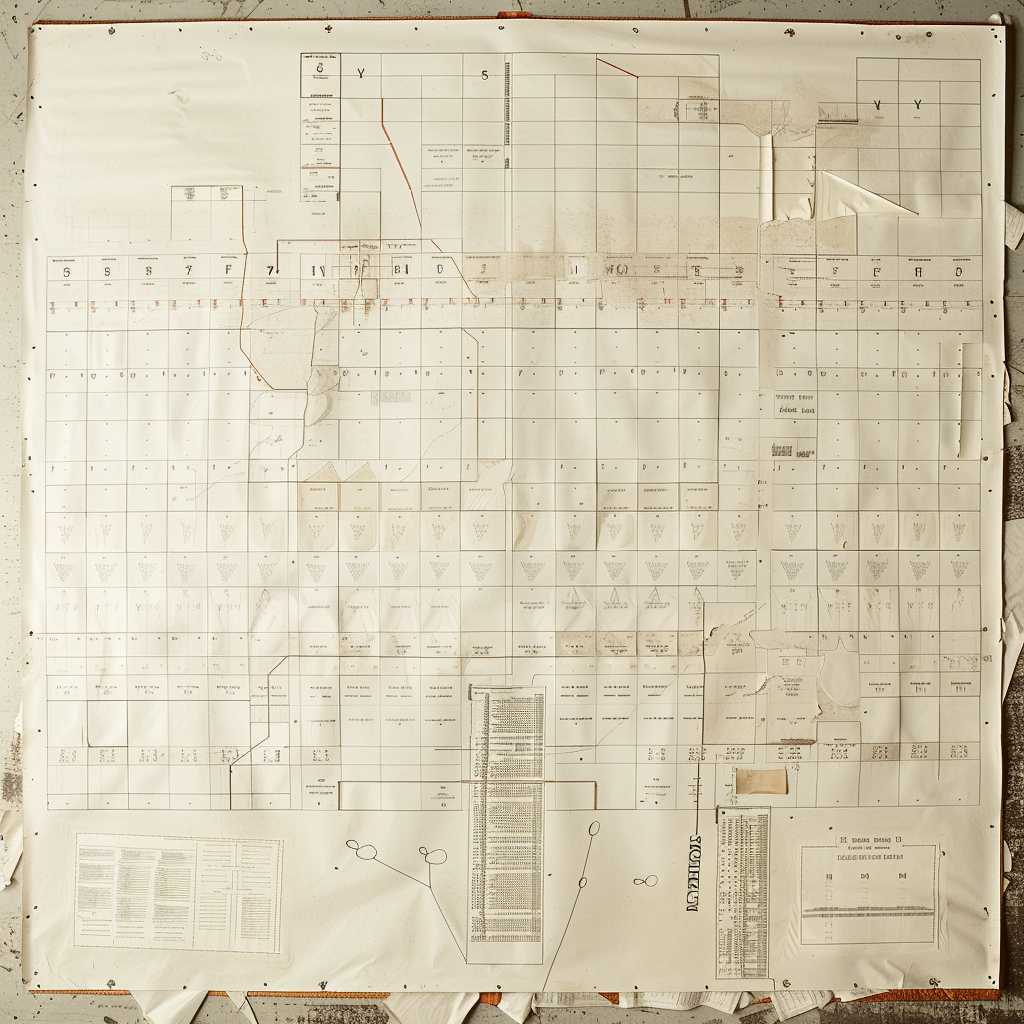The Ins and Outs of the NCAA Bracket: Understanding College Basketball’s Biggest Tournament
With the onset of spring comes one of the most exhilarating periods in college sports: the NCAA basketball tournament, colloquially known as “March Madness.” A central feature of this annual sports spectacle is the NCAA bracket, an intricate and often unpredictable system that challenges fans and analysts alike to predict the outcomes of successive games. This article breaks down how the NCAA bracket works, its significance in American sports culture, and the factors that can influence its unpredictable nature.
NCAA Tournament Structure and Bracket Basics
The NCAA tournament is a single-elimination event featuring 68 college basketball teams. The tournament starts with the “First Four,” a set of play-in games between the lowest-ranked teams. Following these opening contests, the tournament proceeds with a bracket composed of four regions, each containing 16 teams seeded from #1 (the strongest) to #16 (the weakest). The seeding is determined by a selection committee based on numerous criteria, including regular-season records, strength of schedule, and recent playing form.
Each round of the tournament whittles down the competitors in half, through matchups determined by this ranking system, until only one team remains from each region to compete in the “Final Four.” Ultimately, two teams emerge to play in the National Championship game, concluding the three-week marathon of college basketball.
Selection Sunday and Bracketology
Much of the buildup around March Madness centers on “Selection Sunday,” when the bracket is unveiled, revealing the placement and seeding of teams by the selection committee. Fans and experts alike scrutinize each matchup, parsing details as small as individual player stats to game locations. “Bracketology” refers to the art and science of predicting the outcome of games in the bracket. Renowned basketball analysts offer their takes while amateur enthusiasts willingly join office pools or online competitions that challenge participants to submit their perfect bracket predictions.
The Overarching Appeal of Bracket Challenges
Participating in bracket challenges has become almost as popular as the tournament itself. Not only do these challenges stimulate engagement among fans through competition and potential rewards, but they also expand interest in college basketball across demographics less invested in sports. This uptick in universal appeal also corresponds to increased viewership for broadcasters and growth in ancillary revenue streams for all stakeholders.
Notable Bracket Busters, Upsets, and Cinderella Stories
While part of March Madness’ charm comes from the matchups between powerhouse schools, it’s often upsets that win hearts—taking down highly ranked teams, these unexpected victors become dubbed “bracket busters.” Additionally, fans take particular joy in following “Cinderella stories,” wherein lower-seeded teams make inexplicably deep runs into later rounds. These dynamics not only spice up brackets but also reflect the tournament’s sheer unpredictability.
Strategies for Filling Out Your Bracket
Part ernest analysis and part hopeful guesswork, filling out a bracket can involve a wide array of strategies. Some proclaim expertise based on diligent research while others win bragging rights through wild hunches or trivial methodologies (like mascot preference). Despite sophisticated statistical tools available today, even computer algorithms struggle against March Madness’ inherent volatility.
Understanding Statistical Trends in Tournament Play
Long-term statistical evaluation sheds light on trends that can influence bracket selections. For instance, odds favor No. 1 seeds reaching advanced rounds or a certain frequency at which upsets occur depending on seeding differentials. However, endless variables make reliance on data alone a gamble against human elements such as performance under pressure or coaching strategy adaptations within varied competitive contexts.
The Economic Impact of March Madness and Brackets
NCAA brackets contribute significantly to discussions around economic impact. Betting associated with tournament predictions amounts to billions of dollars annually within sanctioned platforms—and that extends into informal wagering among private groups. In addition to direct gaming-related activities are heightened sales across industries relating to fan engagement: attire, food/beverage consumption during game viewing, advertising revenue for broadcasters—these elements come together in a financial juggernaut propelled further by bracket-centric participation.
Cultural Significance Beyond College Campuses
March Madness braces have cemented their role as more than just college basketball fixtures; they represent cultural phenomenons that encapsulate drama, community engagement, and an illustration of American sporting heritage. Nearly akin to mega events like Super Bowl Sunday or World Series finales in terms of public attention, they pull schools’ alumni networks into remembrance while unifying disparate individuals under the umbrella of sport-led revelry.
Notes
Image description: A detailed visual layout spread out across a large surface showing an unfilled NCAA bracket sheet with blank spaces for teams’ names systematically arranged for hypothetical matchup scenarios leading toward a center label marking ‘National Championship’ at the very bottom center. On either side are sections labeled with regions e.g., East, West indicating systemic progressions towards semifinals denoted as ‘Final Four’.
